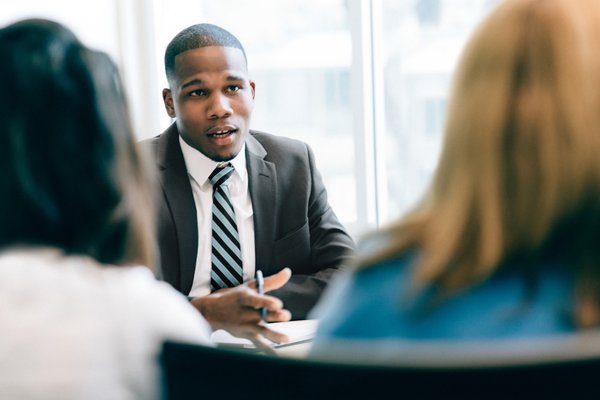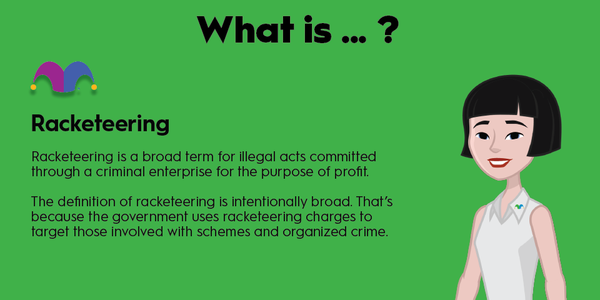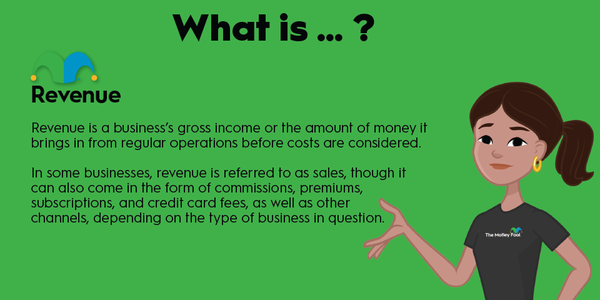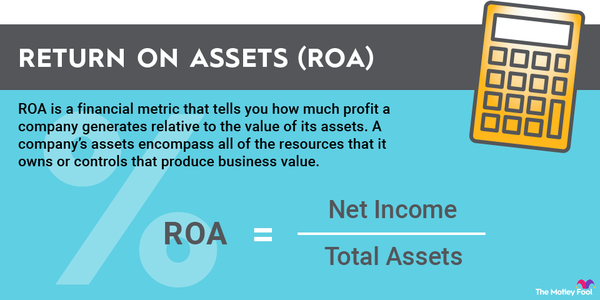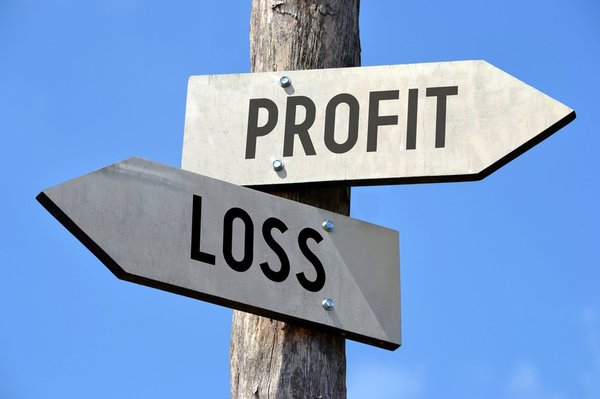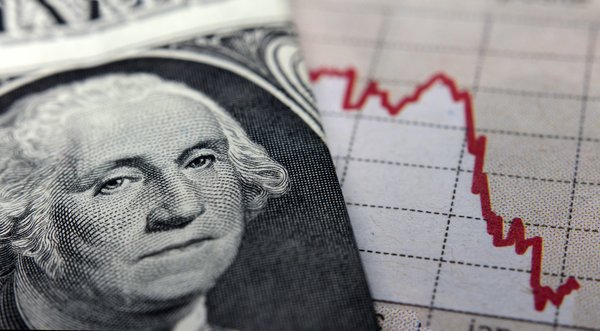Investing in stocks involves more than just analyzing a company's revenues and profits. Sometimes, you find yourself swimming in a sea of not-so-familiar financial jargon. One such term that might pop up every now and then is "restricted cash." What is it, and why should you care? Let's have a look.

The nuts and bolts
The nuts and bolts of restricted cash
Restricted cash is a portion of a company's cash reserves that is earmarked for specific purposes and not readily available for general business operations. You'll find this line item on a company's balance sheet next to a brief explanation of its intended use (either in a commentary section or in footnotes to the financial tables). Examples can include funds set aside for projects, legal obligations, or to comply with loan covenants.
The classification may spring from the terms of a construction contract, the covenants of a loan, or other business-to-business agreements. It may be possible to move this cash back into the general cash reserves, but that depends on the specific terms of the document that created the restricted cash classification in the first place.
Not every company breaks out restricted cash as a specific line item in financial filings. It's fair to say that pretty much every business of publicly traded scale carries some cash in restricted accounts, but some lump these balances in with the basic total of cash and cash equivalents instead.
More than pocket change
Restricted cash is more than just pocket change
So, why should an individual investor pay attention to restricted cash? Well, this specific line item can tell you a lot about a company's financial health and strategic priorities. For example, a large amount of restricted cash might indicate the company is planning significant capital expenditures, like acquisitions or building a new factory.
Restricted cash can also have an impact on liquidity metrics. When calculating ratios like the current ratio, remember that restricted cash is technically a current asset, but it's not as liquid as regular cash. This distinction could make a difference when you're making investment decisions. In some cases, it may even make sense to analyze a company's cash reserves after backing out the restricted cash.
Using restricted cash in your analysis
Putting restricted cash to use in your analysis
Now that you know what restricted cash is and why it matters, what should you do about it?
First, don't mistake it for a debt-like item. Although it's set aside for specific uses, it's not a liability. It is simply cash with a specific purpose and isn't available for general-purpose spending. When analyzing a company, compare the restricted cash to other assets and liabilities to get an overall picture of its financial state.
Second, always read the accompanying footnotes or disclosures that explain the purpose of the restricted cash. Companies report this under U.S. generally accepted accounting principles (U.S. GAAP), and the explanations can provide insights into management's priorities and planning.
Real-life example of restricted cash
Why Zoom Video's restricted cash jumped in 2019
Video conferencing specialist Zoom Video Communications (ZM -0.82%) had just $2.3 million of restricted cash at the end of fiscal year 2019, which ended on Jan. 31, 2019. One year later, that balance had ballooned to $50.9 million, accounting for more than 15% of the company's total cash reserves.
According to notes in that year's annual report, international employees had sold a large amount of Zoom stock in the third quarter. The company classified this cash as restricted, holding it in suitable bank accounts while the payments to these employees and their overseas tax authorities were settling.
Related investing topics
Zoom couldn't use these funds for anything, having set the cash aside for working out these direct stock sales. The process was largely completed by the end of 2021, returning Zoom's restricted cash total to a modest $10.5 million.
So, what does all this mean for you as an investor? Understanding the nuances of restricted cash allows you to dig deeper into a company's financial health and operational efficiency.
In the case of Zoom, for example, a sudden increase in restricted cash could have raised eyebrows. However, the explanatory footnotes revealed the temporary nature of this change, underscoring the importance of not just glancing at the numbers but also understanding the context behind them.
For long-term investors, this type of financial literacy can make the difference between a well-informed investment decision and a shot in the dark.
